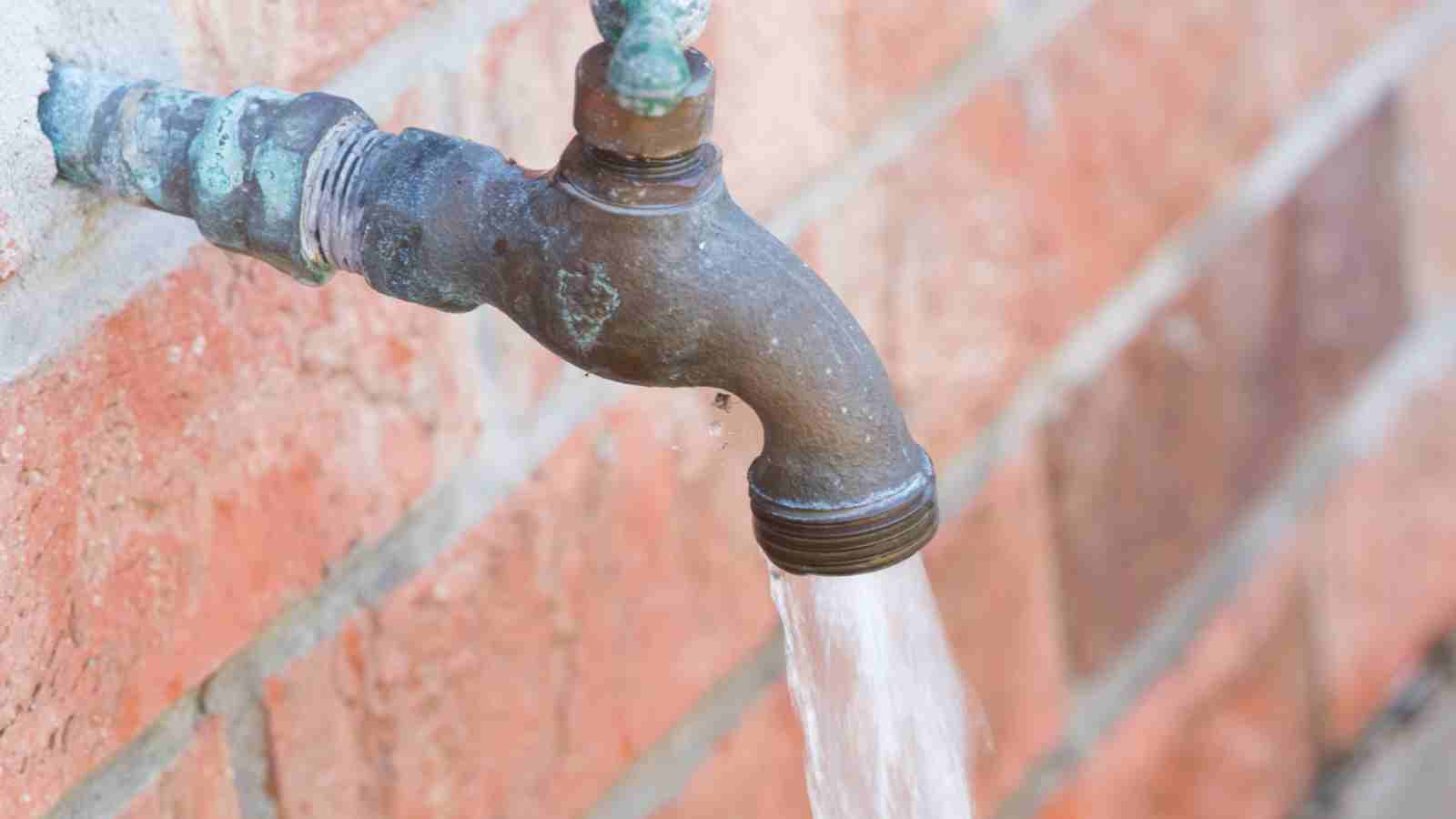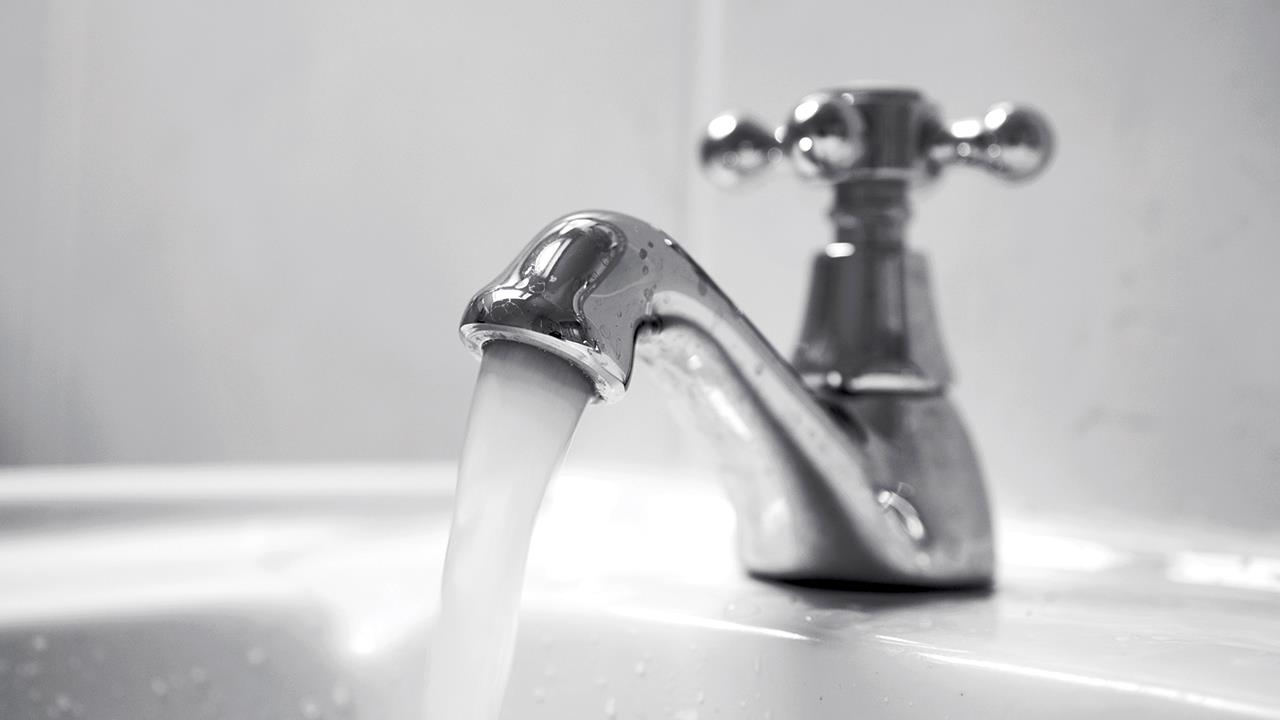The content following next about Here's How to Fix a Leaky Faucet is exceedingly fascinating. Don't overlook it.

Introduction
A leaky faucet might look like a minor inconvenience, however its repercussions prolong far beyond the occasional drip. Understanding the effects of a leaking tap is vital for both house owners and the atmosphere. In this write-up, we'll explore the different impacts of this typical house concern and why resolving it immediately is important.
Causes of Leaky Faucets
Leaky taps can arise from a variety of factors, consisting of deterioration, high water pressure, and corrosion. Over time, the continuous use of taps can cause damaged seals and gaskets, creating leaks to create. Furthermore, too much water stress can place pressure on plumbing fixtures, leading to leakages. Deterioration and corrosion can likewise compromise faucet parts, making them vulnerable to leak.
Water Wastefulness
Among one of the most substantial consequences of a leaking faucet is water wastefulness. Even a small drip can amount to gallons of drainage gradually. This not just drives up water costs yet additionally contributes to water deficiency and environmental degradation. Addressing dripping faucets immediately is critical for saving this valuable resource and reducing its impact on the world.
Financial Influence
In addition to drainage, dripping taps can also have a considerable financial impact. Increased water costs are a direct effect of water wastage, costing homeowners numerous bucks each year. In addition, the expense of fixing water damages brought on by leakages can be considerable, specifically if left neglected for an extended period.
Ecological Effect
The ecological effect of leaky faucets prolongs past water waste. By conserving water, house owners can contribute to broader efforts to mitigate water shortage and safeguard natural environments. Lasting choices such as rainwater harvesting and water-efficient fixtures can further reduce the environmental footprint of family water usage.
Technical Solutions
Innovations in technology have caused the growth of clever taps and water-saving devices that help lessen water waste. Smart taps utilize sensors to find activity and readjust water circulation appropriately, lowering waste without giving up benefit. Water-saving devices such as aerators and low-flow showerheads are likewise effective in preserving water without jeopardizing performance.
Worldwide Point of views
While dripping faucets may feel like a local problem, they contribute to wider global obstacles such as water scarcity and climate change. In regions already dealing with water tension, every decrease counts, making leak prevention and repair work necessary. By taking on water-saving methods and purchasing sustainable technologies, homeowners can play their part in addressing these pushing international concerns.
Regulative Procedures
Government regulations play an essential role in mitigating the influence of leaking faucets and promoting water preservation. From constructing codes that call for water-efficient fixtures to water-saving incentives and rebates, policymakers have a series of devices at their disposal. By carrying out and implementing these guidelines, governments can guarantee that homeowners focus on water preservation in their day-to-days live.
Area Influence
Addressing dripping taps calls for collective efforts at the area degree. By increasing recognition about the importance of water preservation and giving sources for leak detection and repair, local authorities can encourage home owners to act. Initiatives such as water-saving discount programs and leak detection projects can incentivize habits change and advertise liable water use.
Situation Researches
Real-life examples of the impact of dripping faucets underscore the relevance of aggressive maintenance and timely repairs. From water damages to skyrocketing water costs, the consequences of ignoring leakages can be serious. By sharing these case studies, home owners can better recognize the significance of resolving leaky faucets without delay.
Educational Campaigns
Educational campaigns play a vital role in raising recognition about the effects of leaking taps and promoting water conservation techniques. Through workshops, seminars, and on the internet sources, property owners can find out how to discover and fix leakages themselves. By empowering individuals with understanding and devices, instructional projects can foster a culture of liable water use within areas.
Health Issues
Leaking taps can develop helpful settings for mold and mildew development, posturing health and wellness threats to occupants. The existence of mold and mildew can aggravate respiratory problems and allergic reactions, specifically in vulnerable individuals. Furthermore, water damage arising from leakages can jeopardize the architectural honesty of structures and lead to expensive repair services.
Do it yourself vs. Specialist Repair
When faced with a leaky faucet, house owners commonly question whether to try repair services themselves or employ a specialist plumber. While do it yourself repairs can save money, they may not constantly deal with the hidden issue effectively. Specialist plumbings have the knowledge and devices to identify and repair leakages appropriately, ensuring long-lasting solutions and comfort for homeowners.
Preventive Measures
Protecting against leaky taps requires routine upkeep and aggressive measures. Easy jobs such as replacing worn-out washing machines and seals can protect against leakages from establishing. Additionally, updating to high-grade components and lowering water stress can help extend the life-span of faucets and lessen the risk of leaks.
Conclusion
Finally, the impacts of a dripping tap expand far past the periodic drip. From water wastefulness and raised water costs to health and wellness issues and environmental effect, the repercussions of ignoring leaks can be considerable. By addressing dripping faucets without delay and taking on water-saving practices, homeowners can mitigate these results and add to a much more sustainable future.
Why You Shouldn’t Ignore a Leaky Faucet in Your Home
What Causes a Leaky Faucet?
Various factors can cause a leak, from loose and worn-out parts to corrosion. Your faucet has four essential components from which most plumbing issues will stem: the O-ring, the valve seat, the washer and the gasket.
What Is an O-Ring?
The O-ring is a stem screw that fastens parts of the faucet in place, preventing water from leaking out of the spout. Depending on your faucet type, the stem might have multiple O-rings. Water will drip from the faucet’s handles and base if this part breaks or deteriorates.
What Is a Valve Seat?
The valve seat controls the flow and temperature of the water. Found at the base of the handle, it works as a seal for the faucet’s stem. The valve seat ensures the water is allowed to flow or is blocked as the handles dictate. You’ll know it’s malfunctioning when water leaks from your faucet’s sides.
What Is a Gasket?
The gasket is found between the water inlet and the valve stem. It creates a seal between the faucet and the sink, holding its joints by aerators attached to the stem’s head. Water will trickle out from the base if the gasket isn’t working.
What Is a Washer?
The washer secures the handles and prevents leakage, serving a similar purpose to the O-ring. While the O-ring is ordinarily round and made from an elastic material, such as rubber, the washer is square-shaped and composed of brass, copper and other hard metals. If it malfunctions, corrodes or has been improperly installed, water will leak out of the handles, causing that incessant faucet drip.
Why Is a Leaky Faucet Dangerous?
A leaky faucet left alone for too long can have significant consequences.
Pest Infestations
Since bugs and rodents gravitate towards the scent of water, a leaky faucet will draw pests to your sink. Both are looking for leaks accessible through crawl spaces, which a faucet provides. If you leave water dripping for too long, you run the risk of an infestation.
Rust
If one of the faucet parts has started to corrode, the resulting rust can spread to your pipes and valves with startling speed. The rust might even lead to cracks or other impairments, resulting in more severe plumbing issues.
Your sink could also sustain damage from a leaky faucet. The water in your tap possesses sparse elements of calcium and iron that can stain your sink with repeated and prolonged exposure. Once those elements in the water have been open to the air for some time, your sink will start to rust, creating marks that can be difficult to remove.
https://www.tomsmechanical.com/blog/why-you-shouldnt-ignore-a-leaky-faucet-in-your-home

Do you enjoy reading about Health Risks Posed by Leaking Faucets? Make a remark down the page. We would be pleased to listen to your responses about this blog post. Hoping to see you back again in the future. Are you aware of anybody else who is fascinated about How to Fix a Leaky Faucet? Take a moment to share it. We value your readership.